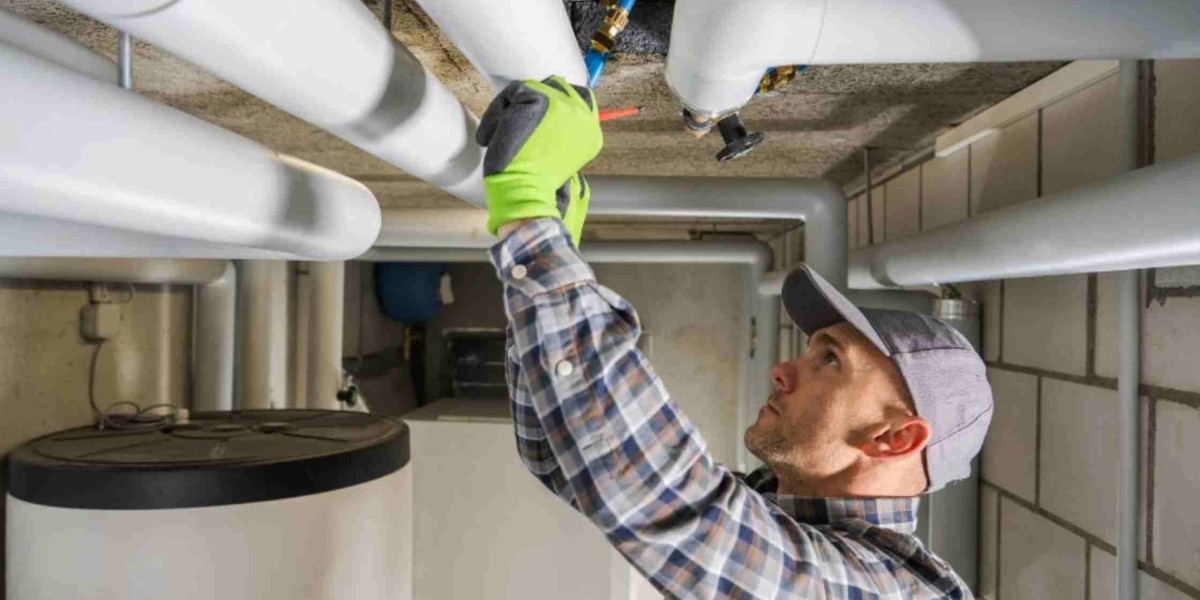In the quest for a safe and healthy home environment, few homeowners are aware of the silent and invisible threat lurking in their basements and crawl spaces. This threat is radon, a naturally occurring radioactive gas that can seep into homes and pose serious health risks. While radon is a common issue, many people are unaware of its dangers and the importance of installing a radon mitigation system. This article explores the hidden dangers of radon, the benefits of radon system installation, and how it can save lives by significantly reducing exposure to this hazardous gas.
What is Radon?
Understanding Radon
Radon is a colorless, odorless, and tasteless gas produced by the decay of uranium in soil, rock, and water. It can enter homes through cracks in floors, walls, and foundations, accumulating to dangerous levels over time. Radon is the second leading cause of lung cancer after smoking, according to the Environmental Protection Agency (EPA).
Sources of Radon
The primary source of radon is the soil beneath homes. However, radon can also be found in water supplies, particularly in areas where groundwater flows through uranium-rich rocks. Building materials, although less common, can also contribute to indoor radon levels.
The Health Risks of Radon Exposure
Radon and Lung Cancer
Prolonged exposure to high levels of radon gas can lead to lung cancer. The risk is particularly high for smokers and individuals with a history of respiratory issues. According to the World Health Organization (WHO), radon is responsible for up to 14% of lung cancer cases worldwide.
Symptoms of Radon Exposure
Unfortunately, there are no immediate symptoms of radon exposure. Unlike carbon monoxide poisoning, which can cause immediate health effects, radon exposure is insidious, with symptoms appearing only after prolonged exposure. These symptoms include a persistent cough, shortness of breath, chest pain, and frequent respiratory infections.
How Radon Enters Your Home
Common Entry Points
Radon can infiltrate homes through a variety of entry points, including:
- Cracks in solid floors and walls
- Construction joints
- Gaps around service pipes
- Cavities inside walls
- The water supply
Factors Influencing Radon Levels
Several factors influence radon levels in a home, such as the home's location, construction type, and ventilation systems. Homes with basements or crawl spaces are particularly vulnerable to high radon levels.
Testing for Radon
Types of Radon Tests
Testing is the only way to determine radon levels in your home. There are two primary types of radon tests:
- Short-term tests: These tests measure radon levels for 2-90 days and provide a quick snapshot of the radon concentration.
- Long-term tests: These tests last for more than 90 days and provide a more accurate representation of the average radon levels over time.
How to Conduct a Radon Test
Radon test kits are available at hardware stores and online. They are easy to use and typically involve placing a detector in the lowest livable area of the home. After the test period, the detector is sent to a laboratory for analysis. Professional radon testers can also be hired to conduct more comprehensive assessments.
Understanding Radon Mitigation Systems
What is a Radon Mitigation System?
A radon mitigation system is a set of techniques used to reduce radon levels in homes. These systems are designed to ventilate radon gas out of the house, preventing it from accumulating to dangerous levels.
Types of Radon Mitigation Systems
There are several types of radon mitigation systems, including:
- Sub-slab depressurization: This is the most common method, involving a pipe and fan system that draws radon from beneath the house and vents it outside.
- Crawl space ventilation: This involves installing a fan to increase air circulation in crawl spaces, reducing radon levels.
- Sealing: Cracks and openings in the foundation are sealed to prevent radon from entering the home.
Benefits of Installing a Radon Mitigation System
Health Benefits
The primary benefit of installing a radon mitigation system is the reduction of lung cancer risk. By lowering radon levels, these systems can significantly decrease the likelihood of developing radon-induced lung cancer.
Increased Home Value
Homes with radon mitigation systems can have an increased market value. Buyers are often willing to pay more for a home with a proven system in place, as it provides peace of mind regarding indoor air quality.
Improved Indoor Air Quality
Reducing radon levels can also contribute to overall improvements in indoor air quality. This can lead to better respiratory health and a more comfortable living environment for all occupants.
Costs and Savings
Installation Costs
The cost of installing a radon mitigation system can vary widely depending on the home's size, the system type, and local labor costs. On average, homeowners can expect to spend between $800 and $2,500 on installation.
Long-Term Savings
While the initial cost may seem high, the long-term savings are significant. Preventing lung cancer and other health issues associated with radon exposure can save thousands of dollars in medical bills and lost productivity.
Choosing a Professional Radon Mitigation Contractor
What to Look For
When selecting a radon mitigation contractor, it's essential to look for certifications and experience. Reputable contractors should be certified by national or regional radon organizations and have a track record of successful installations.
Questions to Ask
Before hiring a contractor, consider asking the following questions:
- Are you certified and insured?
- Can you provide references from previous clients?
- What type of mitigation system do you recommend for my home?
- What is the estimated cost and timeline for installation?
DIY Radon Mitigation: Is It an Option?
Pros and Cons
While some homeowners may consider DIY radon mitigation, it is generally not recommended. DIY systems may not be as effective as professional installations and can void any potential warranties or certifications.
When to Consider Professional Help
Professional radon mitigators have the tools and expertise to ensure that the system is installed correctly and functions efficiently. For peace of mind and guaranteed results, it is advisable to hire a professional.
Maintenance of Radon Mitigation Systems
Regular Inspections
Once installed, radon mitigation systems require regular inspections to ensure they are functioning correctly. It is recommended to test radon levels every two years to verify the system's effectiveness.
System Components to Monitor
Key components to monitor include the ventilation fan, pipes, and seals. Ensuring these parts are in good condition will help maintain low radon levels in your home.
Conclusion
Radon poses a significant but often overlooked health risk to homeowners. Understanding the dangers of radon and taking proactive steps to reduce exposure can save lives. Installing a radon mitigation system is a critical measure to protect your family from the harmful effects of radon gas. With the right information and professional assistance, you can ensure a safer and healthier living environment. Regular testing, maintenance, and awareness are key to keeping radon levels under control and safeguarding your home from this invisible threat.



